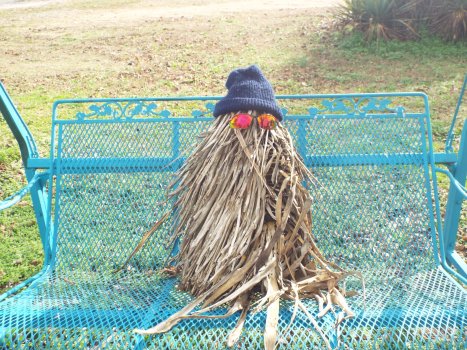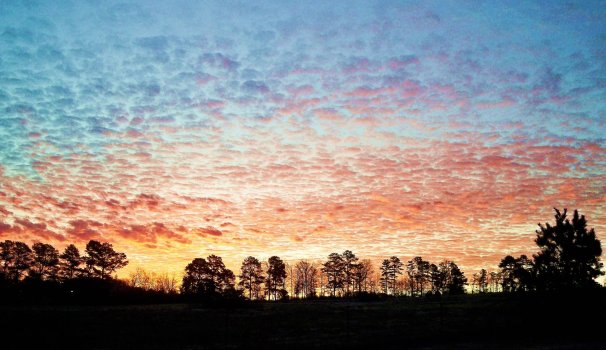In my photo that is freshly graded Chert rock , our road now it much like yours gravel and tar mixture . No round stones in our roads around here I have seen .The old stuff had nice round stones in it and held together real tough, now it's just crushed rock that is used and a weak brew of butumen that is not as thick, it's more water like spray.
PHOTO THREAD.
- Thread starter Triumph1300
- Start date
-
Welcome to Christian Forums, a Christian Forum that recognizes that all Christians are a work in progress.
You will need to register to be able to join in fellowship with Christians all over the world.
We hope to see you as a part of our community soon and God Bless!
You are using an out of date browser. It may not display this or other websites correctly.
You should upgrade or use an alternative browser.
You should upgrade or use an alternative browser.
Im currently hiking and was looking up sections of oak. The leaf is the swamp chestnut oak. My favorite species of oak.
If you find yourself in North AL , I did like to hike in Buck's Pocket in my younger days . There are people out on this rock face in the photo , don't know if they still allow this .Im currently hiking and was looking up sections of oak. The leaf is the swamp chestnut oak. My favorite species of oak.

Looks nice. I’ll definitely have to check it out when I head up north for some hiking and fossil hunting next year.If you find yourself in North AL , I did like to hike in Buck's Pocket in my younger days . There are people out on this rock face in the photo , don't know if they still allow this .
View attachment 54165
Ended up hiking about 5 hours today. Only hiked about 4 miles. Went fairly slow. Now eating some good vegetarian Japanese food. Mushroom and vegetable tempura and avocado and cucumber rolls.
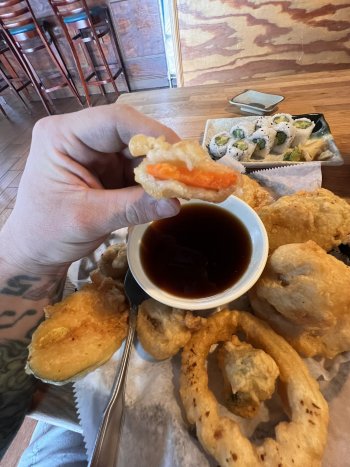
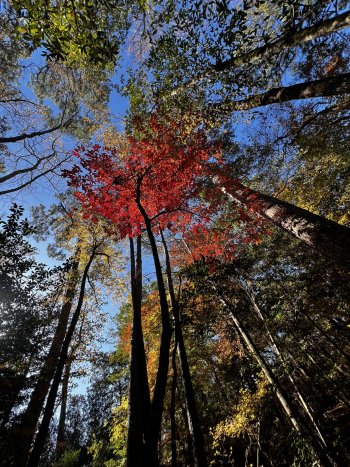 A picture showcasing some of the lovely fall colors. Since it’s warmer in south Alabama our fall colors really hit off early winter. I’m looking forward to diving into the chemistry and natural history of pigments this upcoming year. As many of us know there are three primary pigments in leaves. The main one people are aware of is c
A picture showcasing some of the lovely fall colors. Since it’s warmer in south Alabama our fall colors really hit off early winter. I’m looking forward to diving into the chemistry and natural history of pigments this upcoming year. As many of us know there are three primary pigments in leaves. The main one people are aware of is c rophyll. C
rophyll. C rophyll ( is the green pigment of photosynthesis found in the organelles c
rophyll ( is the green pigment of photosynthesis found in the organelles c roplast that helps absorbs the wavelengths in stronger longer hours of sunlight. As the nights grow longer and the angle of sunlight due to earths tilt changes , the weather grows colder the c
roplast that helps absorbs the wavelengths in stronger longer hours of sunlight. As the nights grow longer and the angle of sunlight due to earths tilt changes , the weather grows colder the c rophyll begins to break down and this is when the carotenoids ( yellow and orange pigments of photosynthesis) which is slightly more color tolerant and is good at absorbing weaker sunlight. But not all leaves have very much carotenoid in them and so they often have anthocyanins ( red pigments involved in cold weather photosynthesis).
rophyll begins to break down and this is when the carotenoids ( yellow and orange pigments of photosynthesis) which is slightly more color tolerant and is good at absorbing weaker sunlight. But not all leaves have very much carotenoid in them and so they often have anthocyanins ( red pigments involved in cold weather photosynthesis). Though before I dive to deeply into pigments I am going to dive deeper into the four main forms of photosynthesis which is c3, c4, CAM and Algal. I have small but very technical book that touches up on it a bit. There are some good episodes also on “ The Common Descent Podcast “.

Episode 145 – Photosynthesis
Listen to Episode 145 on PodBean, YouTube, Spotify, or wherever you listen to your favorite podcasts! We live in a solar-powered world. This episode, we discuss the process that provides the energy…
 commondescentpodcast.com
commondescentpodcast.com
In defense of Plants also talks about it .
photosynthesis — In Defense of Plants
CAM Photosynthesis — In Defense of Plants
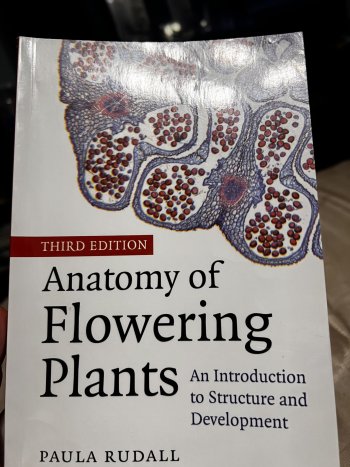
Just started this audiobook. It’s been highly recommended within biblical scholarship. Should note the women was raised Jewish and is now an atheist though she’s a biblical scholar her book is highly critical of god but so far really Good research.
Name of the book is “ God’s Monsters” and it’s heavily recommended by actual biblical scholars…. Because yes…. An atheist can write about the Bible.
Name of the book is “ God’s Monsters” and it’s heavily recommended by actual biblical scholars…. Because yes…. An atheist can write about the Bible.
Last edited:
Debp
Well-Known Member
Oh, it's a dog! I thought maybe it was a scantily clad woman!I was looking up at window from the street and I thought , "What is that person wearing ? ! ? " I zoomed in and , LOL !
View attachment 54405
I thought it might have been a woman in a brown robe and a brown towel around her headOh, it's a dog! I thought maybe it was a scantily clad woman!
 .
.Similar threads
- Replies
- 0
- Views
- 202
- Replies
- 0
- Views
- 215
- Replies
- 15
- Views
- 626
- Replies
- 28
- Views
- 771


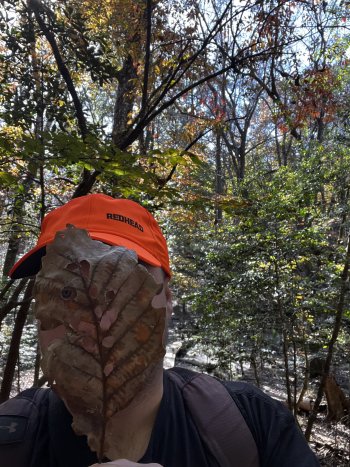
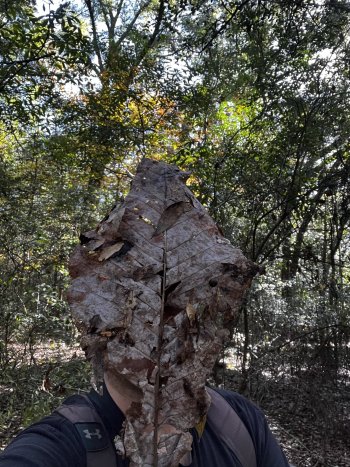

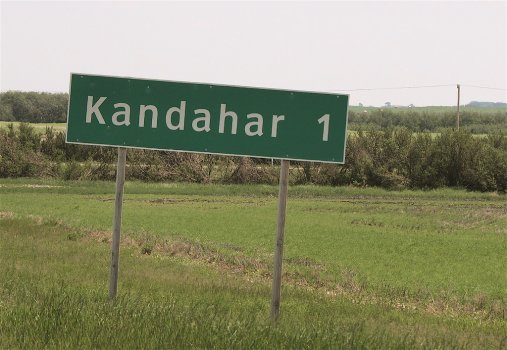

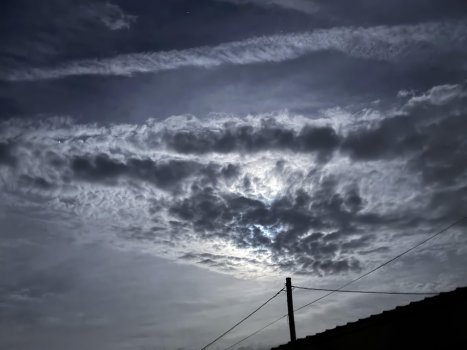
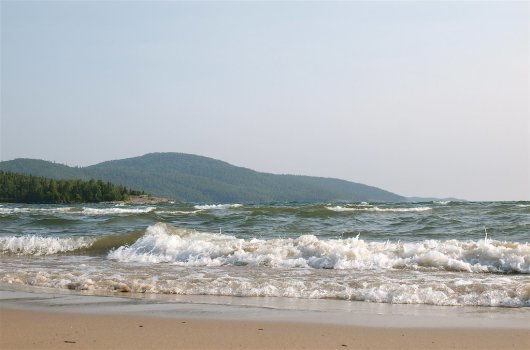

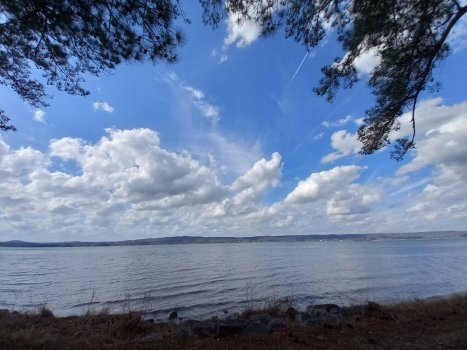
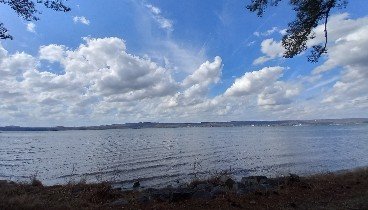

 .
.